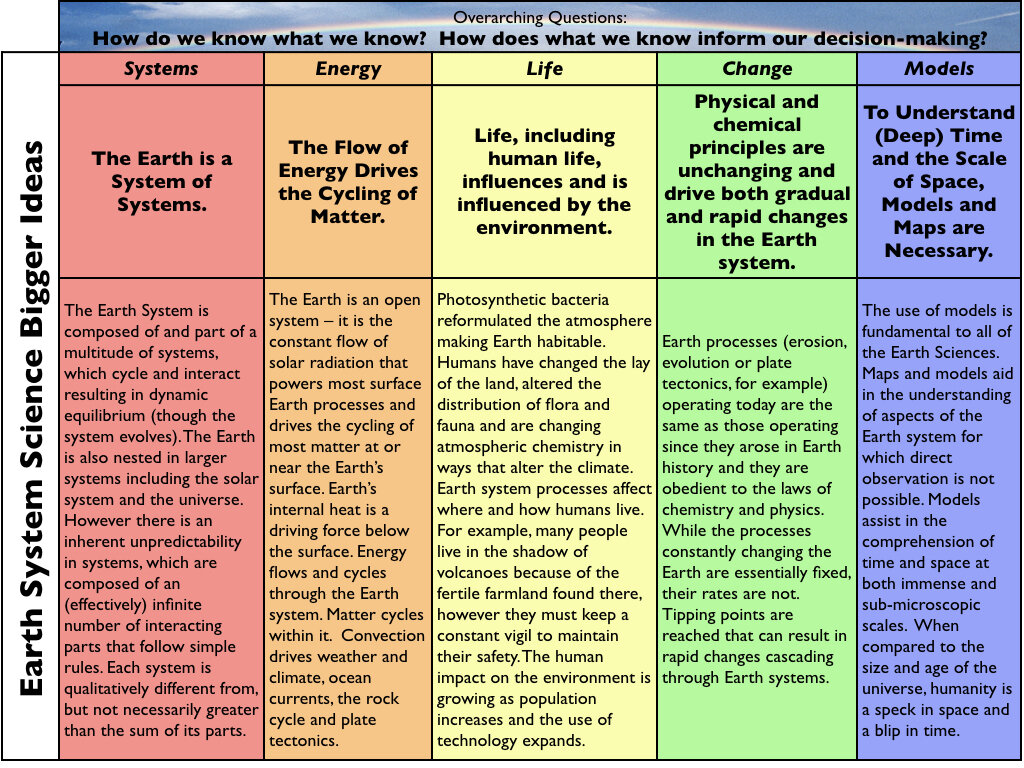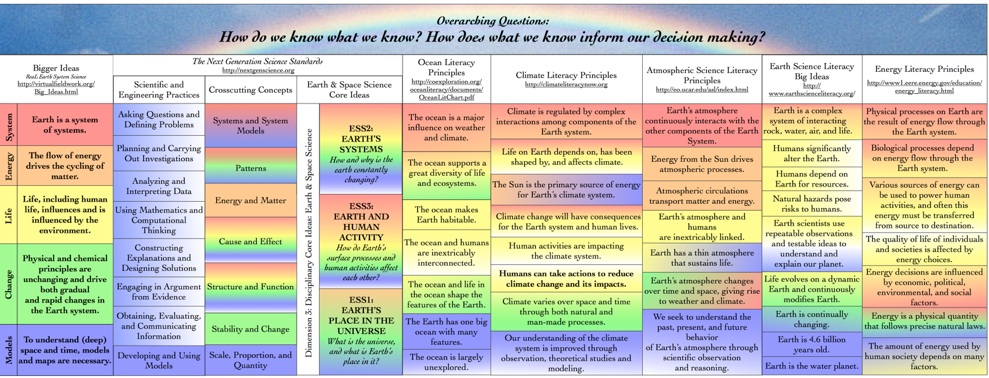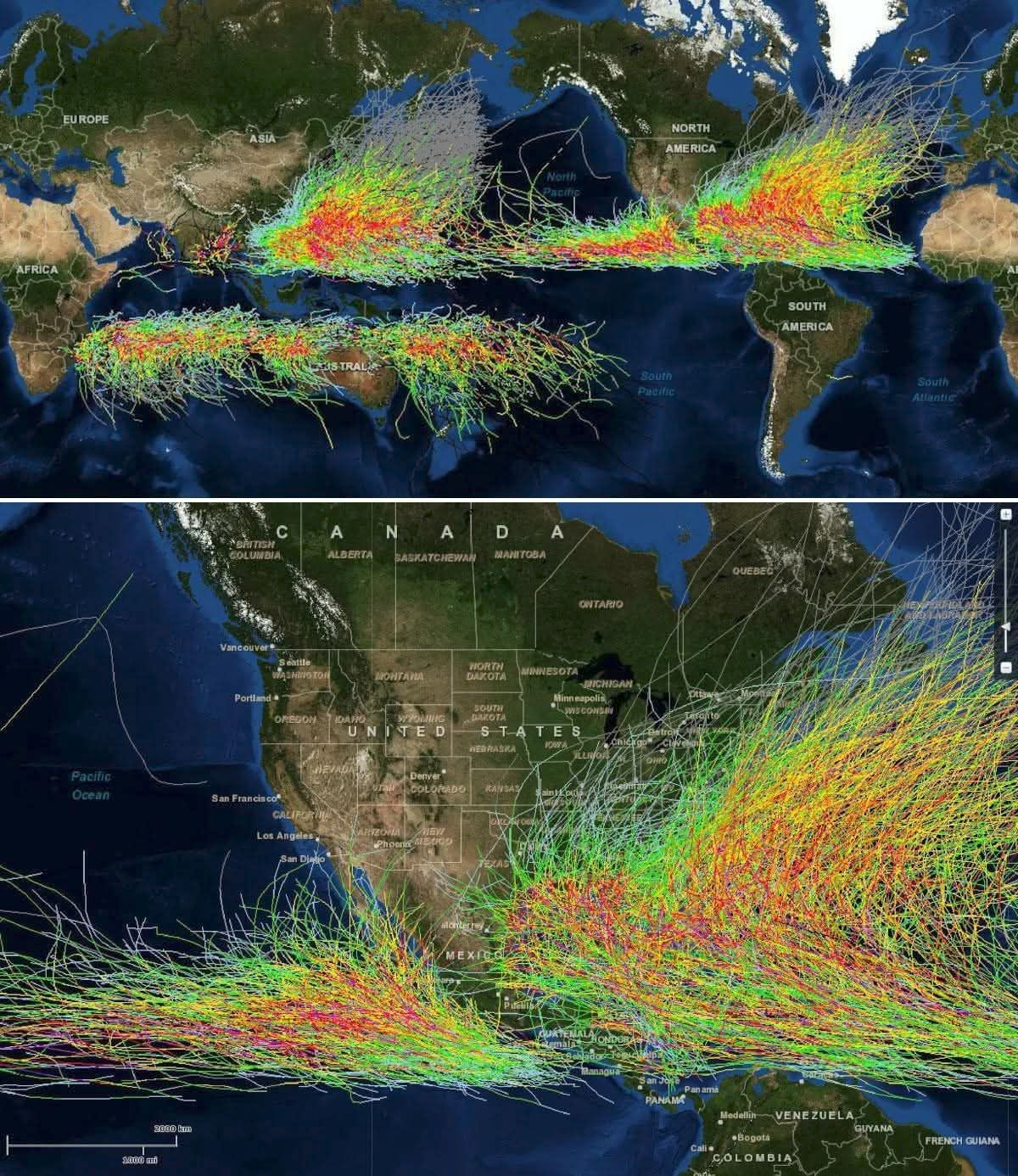Earth, Environment, and Geosciences
2114 readers
11 users here now
Welcome to c/EarthScience @ Mander.xyz!
Notice Board
This is a work in progress, please don't mind the mess.
- 2023-06-13: We are looking for mods. Send a dm to @[email protected] if interested!
What is geoscience?
Geoscience (also called Earth Science) is the study of Earth. Geoscience includes so much more than rocks and volcanoes, it studies the processes that form and shape Earth's surface, the natural resources we use, and how water and ecosystems are interconnected. Geoscience uses tools and techniques from other science fields as well, such as chemistry, physics, biology, and math! Read more...
Quick Facts
Rules
- Don't throw mud. Be kind and remember the human.
- Keep it rooted (on topic).
- No spam.
Jobs
Teaching Resources
Tools
- GitHub - RichardScottOZ/mineral-exploration-machine-learning: List of resources for mineral exploration and machine learning, generally with useful code and examples.
Climate
Similar Communities
- [email protected]
- [email protected]
- [email protected]
- [email protected]
- [email protected]
- [email protected]
Sister Communities
Science and Research
Biology and Life Sciences
Plants & Gardening
Physical Sciences
Humanities and Social Sciences
Memes
founded 2 years ago
MODERATORS
1
2
3
4
5
6
7
8
9
10
11
12
13
14
21
UK hoping to work with China to counteract Trump’s climate-hostile policies
(www.theguardian.com)
15
16
17
18
19
20
21
22
7
Federal Register :: Removal of National Environmental Policy Act Implementing Regulations
(www.federalregister.gov)
23
2
Copernicus: Global sea ice cover at a record low and third-warmest February globally
(climate.copernicus.eu)
24
25
view more: next ›


